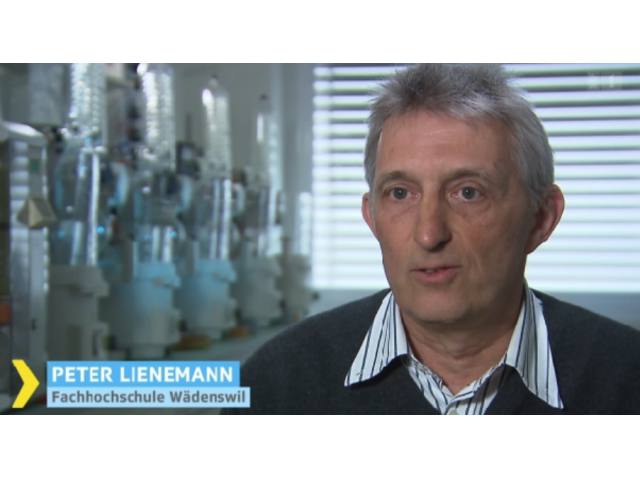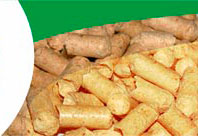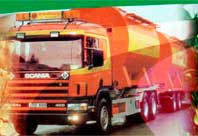The testers have discovered heavy metals in the Swiss pellets

The public agencies have conducted a laboratory research of pellets, which has showed that one third of the submitted samples contains exceedingly large amount of heavy metals. This research shows that, supposedly, the green energy can exhaust the environment.
Wood pellets are the ecologically clean alternative to petroleum products: raw material has a neutral degree of carbon dioxide emissions and it is cheaper than oil. The pellet heating systems become more and more popular. Over the last twenty years the number of such systems increased from zero to more than twenty thousands - it accounts for 20 per cent of the total quantity of wood heating systems.
The small wood cylinders are manufactured by means of pressing the wastes of the sawmill activity. A little bit more than a half of a tree trunk can be sawn into planks, and the rest of the material can be used to produce pellets. Thus, pellets are produced from the natural wood according to the European legislation. But, the results of the research have pointed to completely different conclusions.
The result is spectacular: four out of fourteen samples prove to have an increased content of heavy metals.The high concentrations of lead and cadmium are quite a surprise.
"Wood ash must not contain cadmium and lead, especially in such a huge quantity", says Peter Linneman, the professor of analytical chemistry at Wadenswil University of Applied Sciences, who has compared in his researches the ash obtained in the process of wood biomass incineration.
The laboratory studies test pellets for the presence of various heavy metals. Special attention is devoted to chromium, copper, lead, zinc and chlorine. Each of these metals has its content norm. In case it conforms to the norm, it is regarded as 100%.
If the estimation is exceeded by a half, then 50% are added. It accounts for 150%. The indices of five heavy metals are summed up. If the sum amounts to more than 500%, the heavy metals content is considered as increased.
A high content of heavy metals in the tested samples can be probably explained by the use of the varnished and the glued wood. At joiner’s and planning enterprises this wood is often used. Therefore, if the wastes get into the pellet production, they cause a high degree of heavy metals. During the pellet combustion they are emitted into the atmosphere.
"Lead, cadmium and zinc have a high volatility property. During the combustion they usually do not remain in ash, but penetrate into the environment", explains sir Linneman.
That’s why, the combustion of wood waste is forbidden. In the most of the cantons the stoves and the fireplaces are under control. If somebody burns wood waste he will be fined. The pellet stoves are not controlled as it is supposed that pellets are environmentally friendly.
But, the producers of the pellets which have a high content of heavy metals appeal to the industry standards. This all- European standard regulates the quality of pellets and sets the limits on the heavy metals content. But these limits are imposed to pellets and not to ash.
As a result, the laboratory has conducted a supplementary testing of four samples, which showed an abnormally high content of heavy metals in ash. The result was impressive: the content of heavy metals in pellets is quite below the accepted norm.
The norm is established so that no producer runs into any problems, considers Peter Linneman. Exactly this norm will be enacted as a law by the Federal Department of Environmental Protection.
Beata Muller, the representative of the Department of Environmental Protection considers that these standards do not require correction. Besides, the Department will inspect the producers by means of random spot checks. "If anybody mixes wood waste into the pellets, it means that he deviates from the norms", says she.
But Peter Linneman is convinced that it would be essential to set the standards of ash testing, which will be an additional guarantee for the quality of pellets.






